Full Length Overcoat
Sort by
31 products
Filters
Loading filtered products....
(0.0)
Men’s Pimp Coat – Vintage Leopard Faux Fur Long Gangster 1920s Style
Sale price$199.00
Pure Wool Full-Length Men’s Navy Overcoat – Classic Winter Dress Coat
Sale price$219.00
(0.0)
Vintage 1920s Gangster Pimp Coat – Full Length Leopard Faux Fur Style
Sale price$219.00
(0.0)
(0.0)
"Wool Dress Overcoat for Men - Full Length Brown Windowpane Pattern"
Sale price$219.00
"Men's Double Breasted Wool Overcoat - Full Length, Belted, Brown Windowpane"
Sale price$1,315.00
(0.0)
(0.0)
(0.0)
(0.0)
(0.0)
Mens Full Length Wool and Cashmere Overcoat Winter Topcoat Blue Coat
Sale price$219.00
(0.0)
(0.0)
(0.0)
(0.0)
(0.0)
31 products
FULL LENGTH OVERCOAT
Read More +
Recently Viewed
Suits By Color
Albertonardoni.com offers
Interested in trying on Dresses at our Showroom?
Free shipping
Our customer always come first.
Give Us a Call



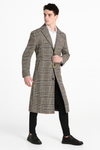
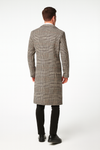
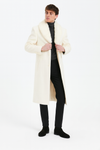
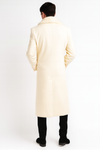
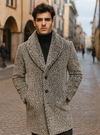
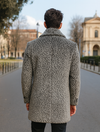
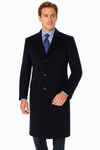
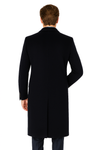
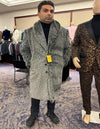
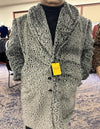
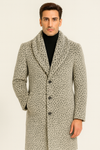

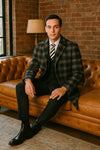
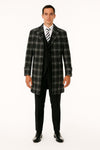
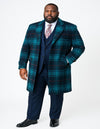
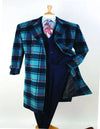
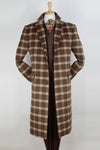
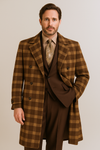
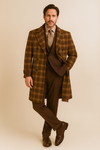
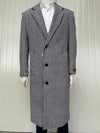
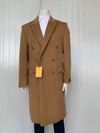
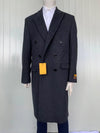
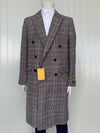
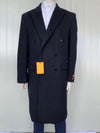
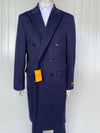
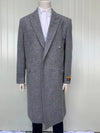
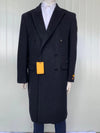
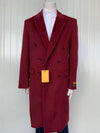
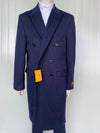
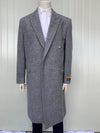
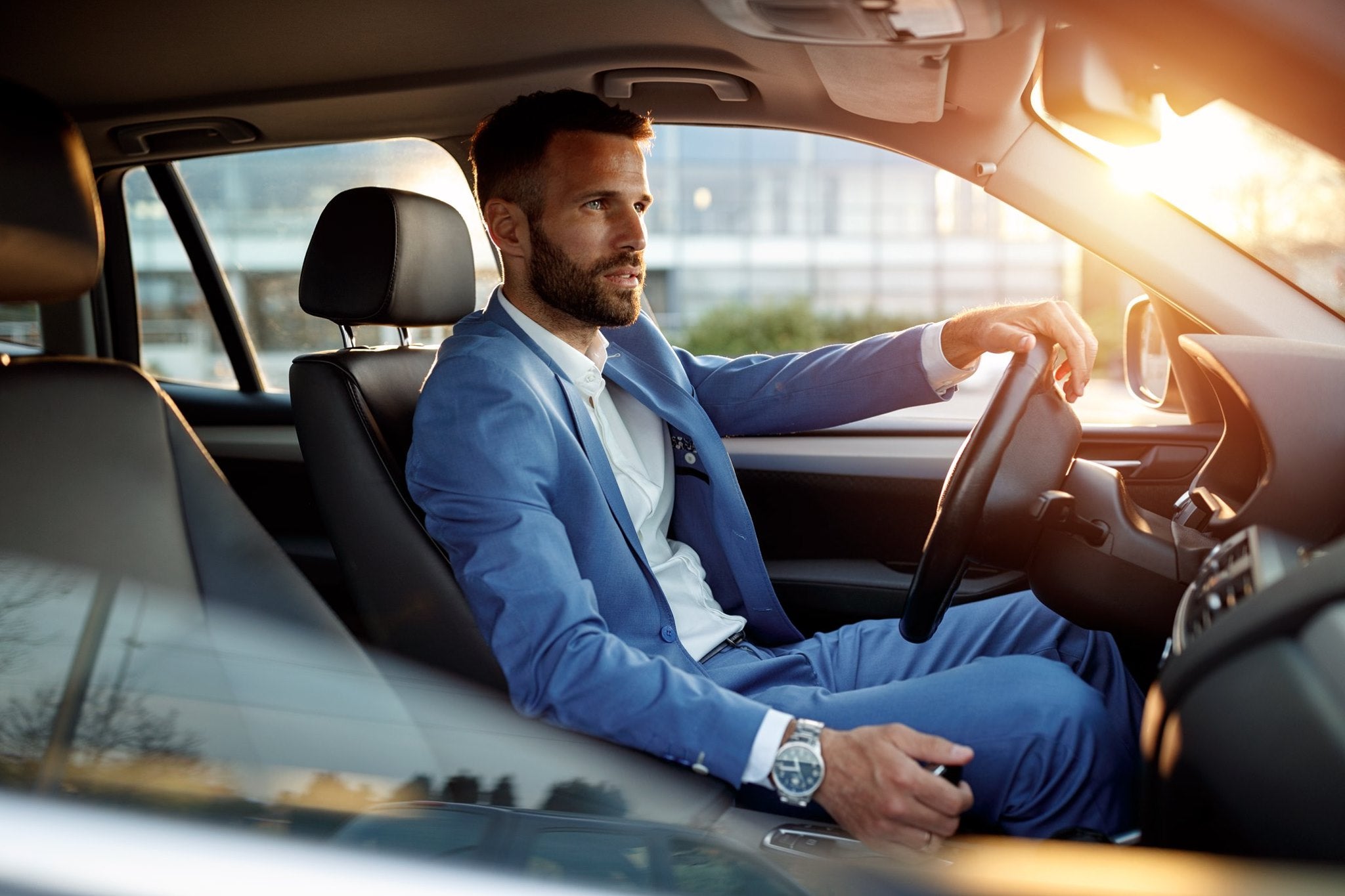
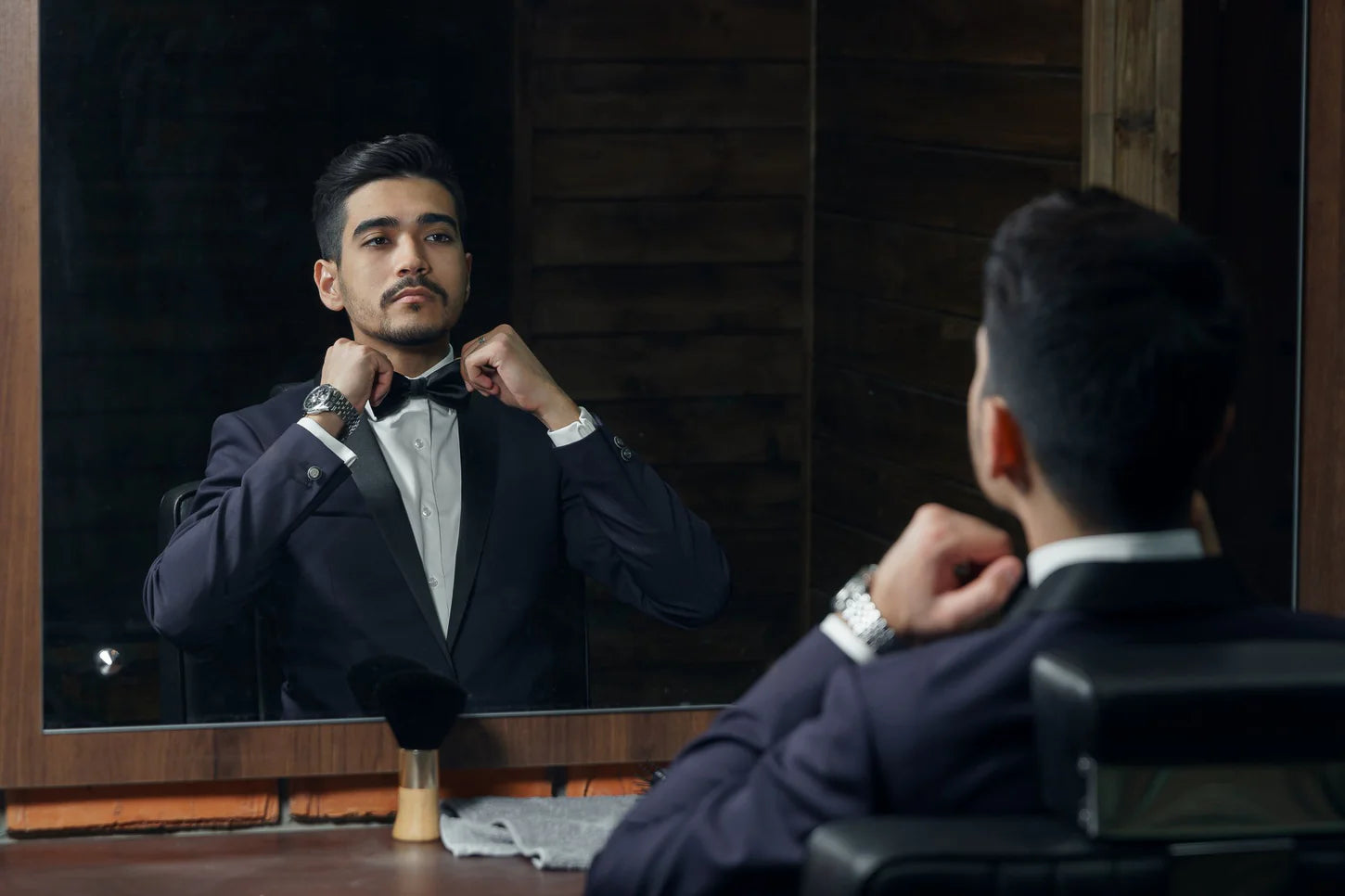
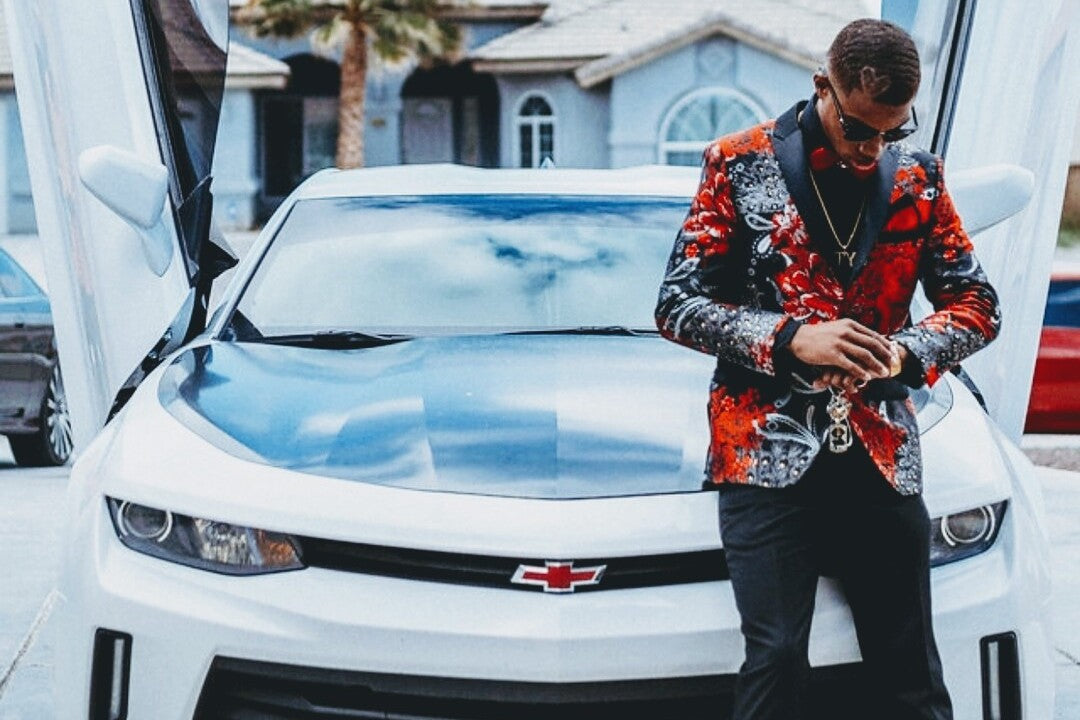
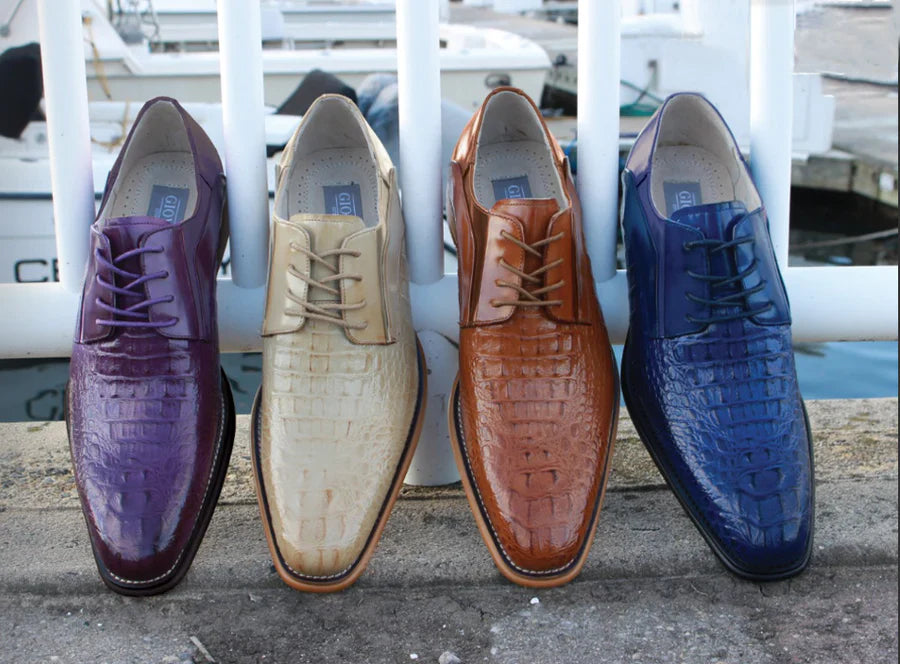
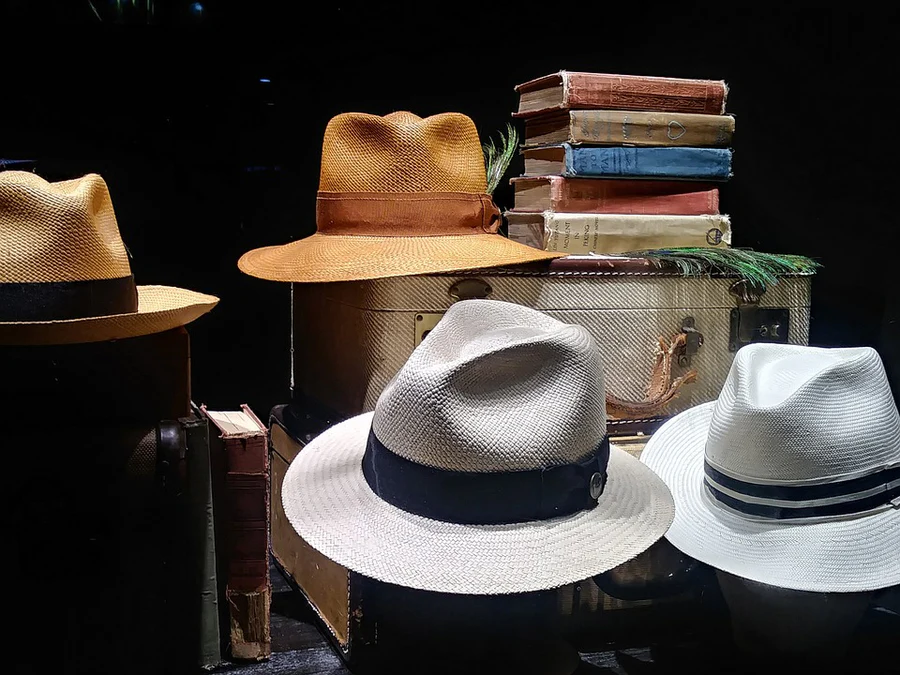
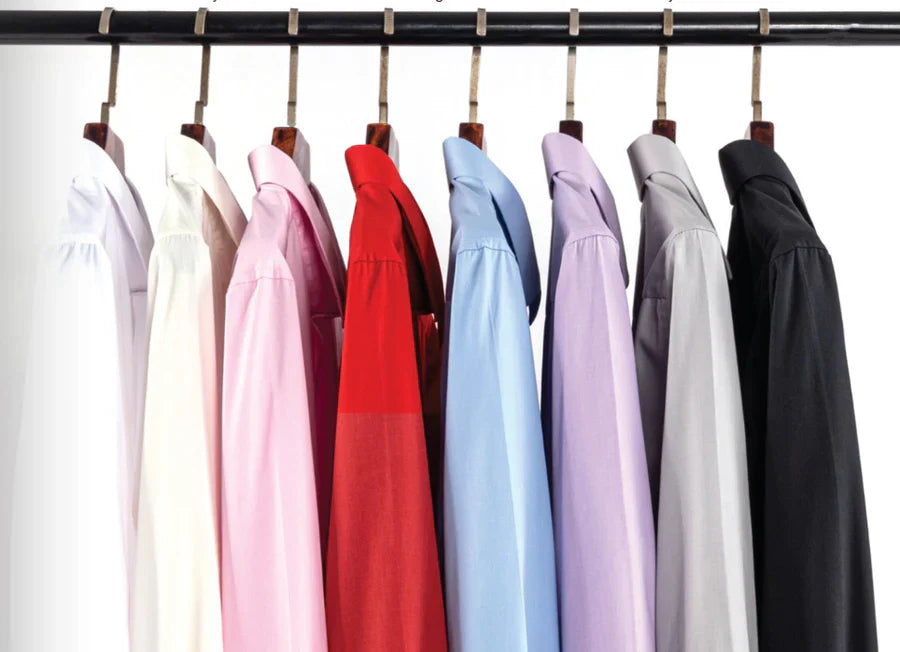
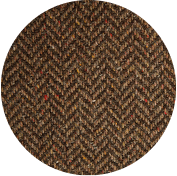
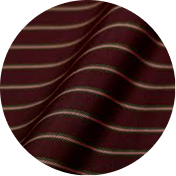
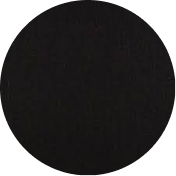
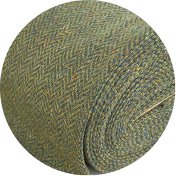
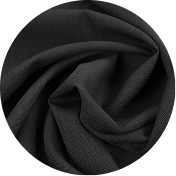
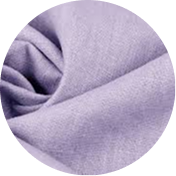
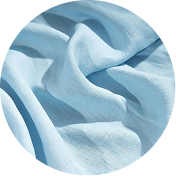

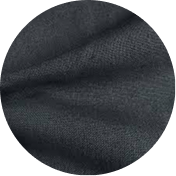
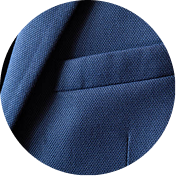

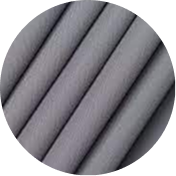
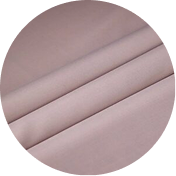
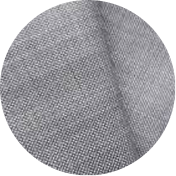
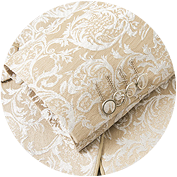
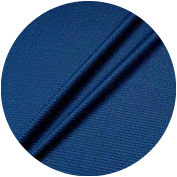
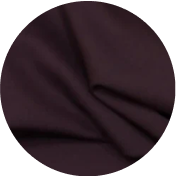
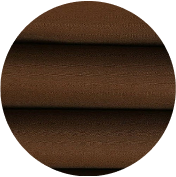
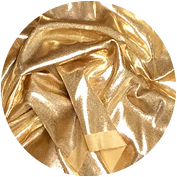
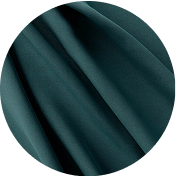
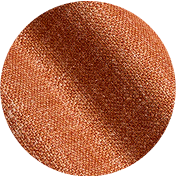
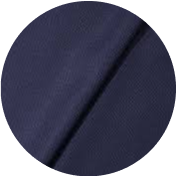
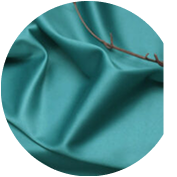
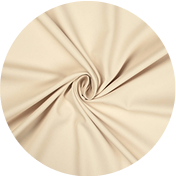
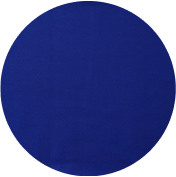
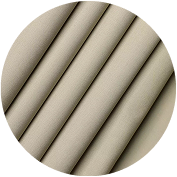
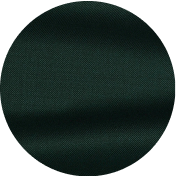
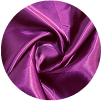
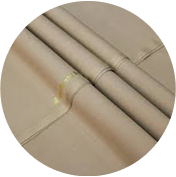
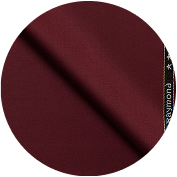
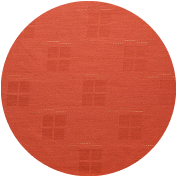
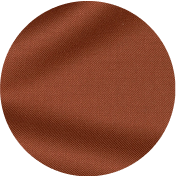
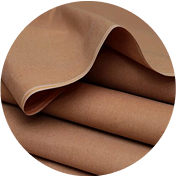
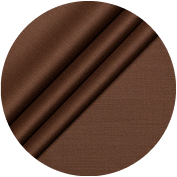
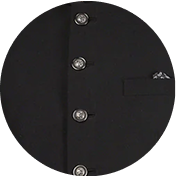
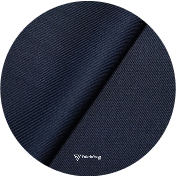
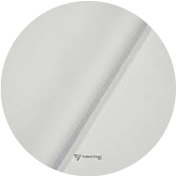
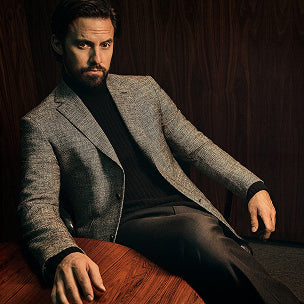
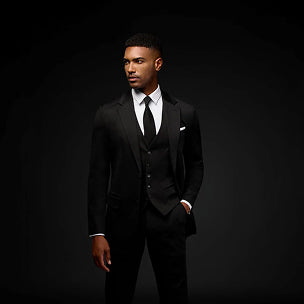
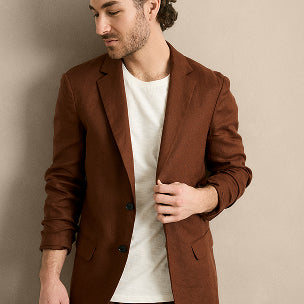
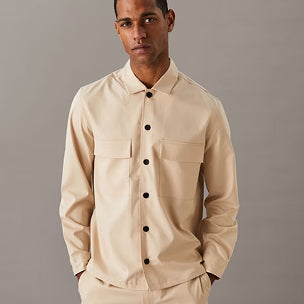
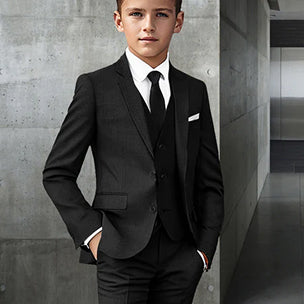
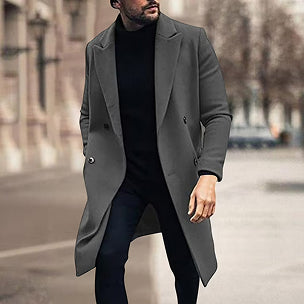
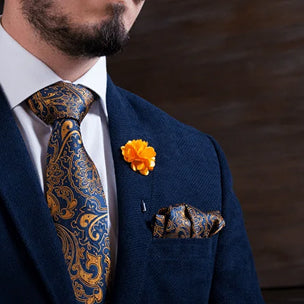
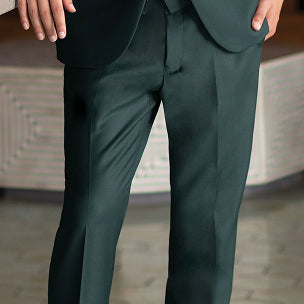
Men's full-length overcoat have been a winter wardrobe staple for centuries. The overcoat is an elegant and sophisticated garment that exudes warmth and style. The overcoat's versatility has seen it go through various transformations, with modern-day versions featuring diverse styles, designs, fabrics, and patterns. In this article, we will discuss men's full-length overcoats, their history, the different types, and how to wear them to create a unique and elegant winter look.
The overcoat is a timeless garment that has been in use for centuries. It dates back to the early 1700s when men wore coats that extended to their knees. During this time, the overcoat was mainly used as an outdoor garment to protect the body from the cold and other harsh weather conditions. Over the years, the overcoat evolved and became a symbol of fashion and social status. In the 1800s, the overcoat became a fashion statement, with the length of the coat being an essential aspect of the garment. It was during this time that full-length overcoats gained popularity.
Types of Men's Full-Length Overcoats:
Single-breasted full-length overcoats are the most common type of overcoat. They feature a single row of buttons and a simple collar. The coat's length extends to the knees or slightly below, making it ideal for formal occasions.
Double-breasted full-length overcoats feature two rows of buttons and a wide collar. The coat's length extends to the ankles, making it an ideal choice for more formal occasions.
Trench coats are another type of full-length overcoat that is popular among men. They were originally designed for military use but became a popular fashion item in the early 1900s. Trench coats feature a single row of buttons, a belted waist, and a wide collar. The length of the coat extends to the knees, making it an ideal choice for casual occasions.
Topcoats are another type of full-length overcoat. They are lightweight and are perfect for milder weather conditions. They feature a simple design, with a single row of buttons and a wide collar. The length of the coat extends to the knees, making it an ideal choice for both formal and casual occasions.
How to Wear a Full-Length Overcoat:
Choosing the Right Fabric: The fabric of your full-length overcoat is an essential consideration. Wool is a popular choice for overcoats because it is durable, warm, and naturally water-resistant. Cashmere is a more luxurious option, offering a softer feel and a more refined look. Tweed is another classic choice, offering a more rustic, country-inspired look.
Selecting the Right Color: When choosing the color of your full-length overcoat, it's essential to think about how it will work with the rest of your outfit. Neutral shades like black, navy, gray, and camel are classic choices that will work well with a range of other colors. Bold, bright colors can be more challenging to wear, so it's best to opt for muted shades if you want to make a statement.
Coordinating with Your Outfit: To create a cohesive look, try to coordinate your overcoat with the rest of your outfit. For example, if you're wearing a suit, a black or navy overcoat will work well. If you're wearing jeans and a sweater, a camel or gray overcoat will complement the casual vibe.
Getting the Right Fit: A well-fitting overcoat is essential to look your best. It should be roomy enough to fit over your clothes, but not so loose that it looks sloppy. Pay attention to the shoulder width, sleeve length, and overall length of the coat. If possible, try on several sizes to find the perfect fit.
Accessories:Accessories can add a touch of personality to your overcoat outfit. Scarves, hats, and gloves can all be coordinated with your overcoat to create a stylish and functional winter look. Choose accessories that complement the color and style of your overcoat for a cohesive and polished look.
Layering: Layering is an excellent way to add warmth and texture to your overcoat outfit. Try layering a sweater or cardigan under your overcoat for a cozy and stylish look. Alternatively, you could layer a scarf or shawl over your overcoat for added warmth and visual interest.
Shoes: The right shoes can make or break your overcoat outfit. Dress shoes, such as oxfords or loafers, are a classic choice and work well with a suit or more formal outfit. For a more casual look, try wearing boots or sneakers with your overcoat. Again, choose shoes that complement the color and style of your overcoat for a cohesive look.
Overall, men's full-length overcoats are a timeless and sophisticated garment that is perfect for the winter season. There are various types of overcoats to choose from, each with its own style, design, and fabric. When wearing a full-length overcoat, it's essential to consider factors like fabric, color, fit, accessories, layering, and shoes to create a cohesive and stylish look. With the right attention to detail, you can rock the full-length overcoat like a pro and stay warm and fashionable all winter long.